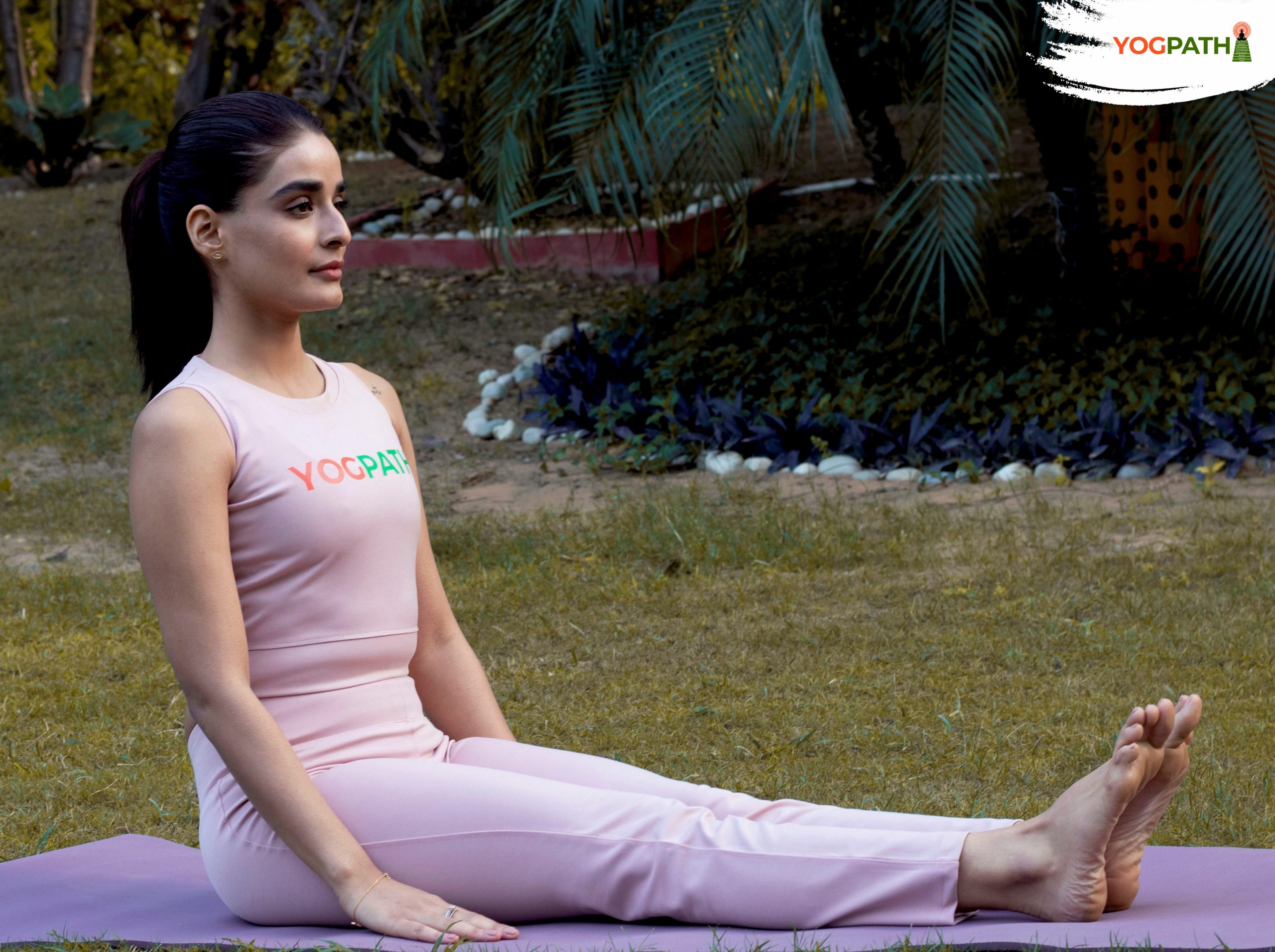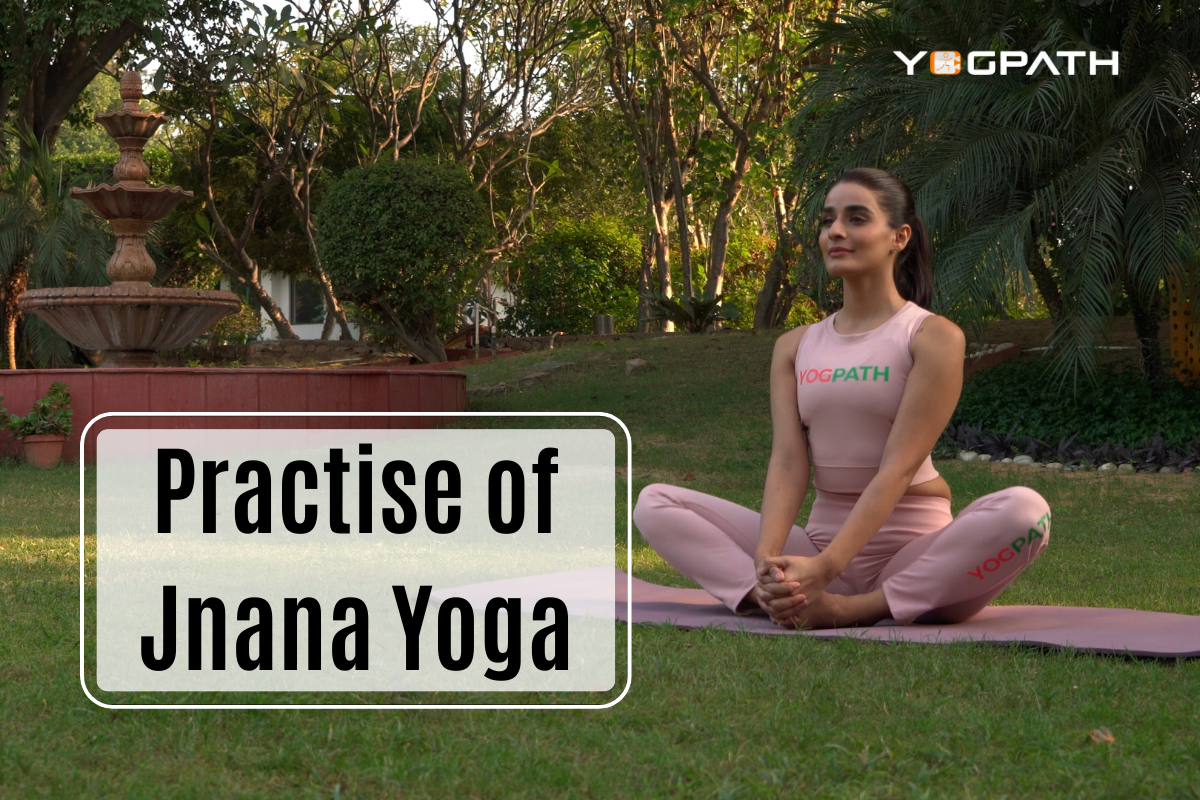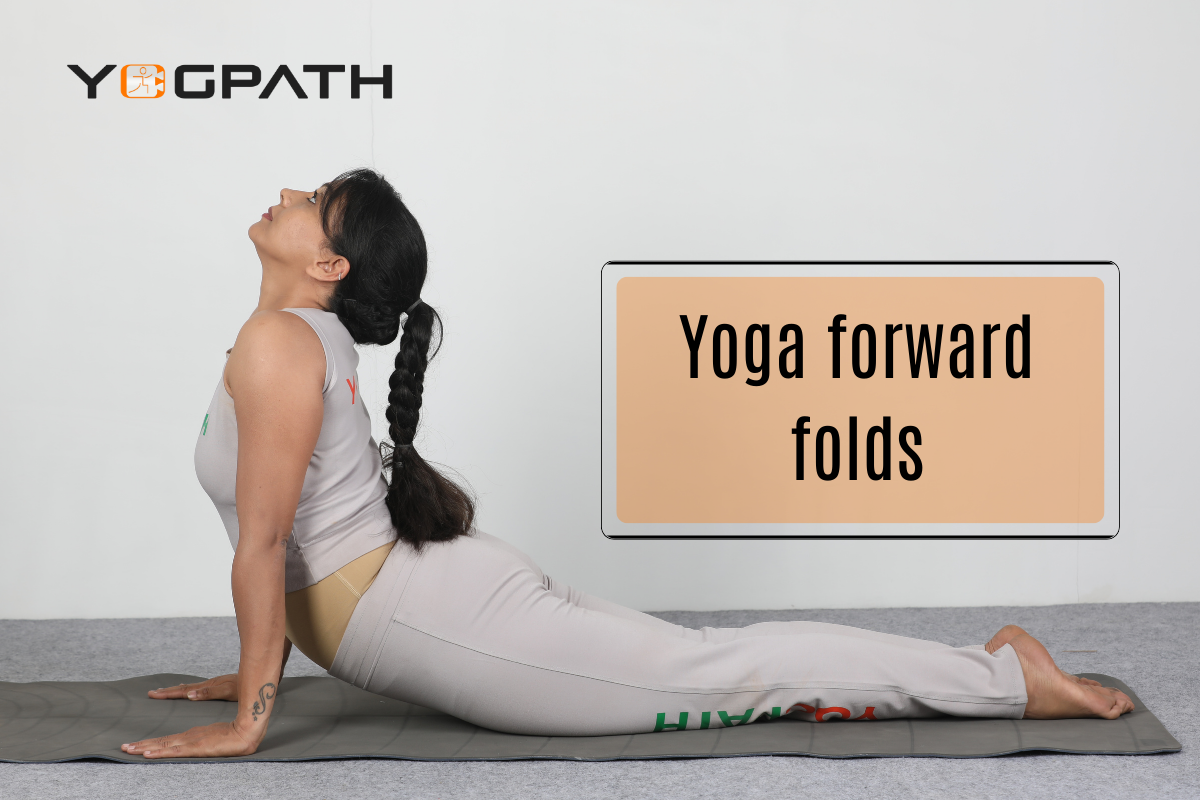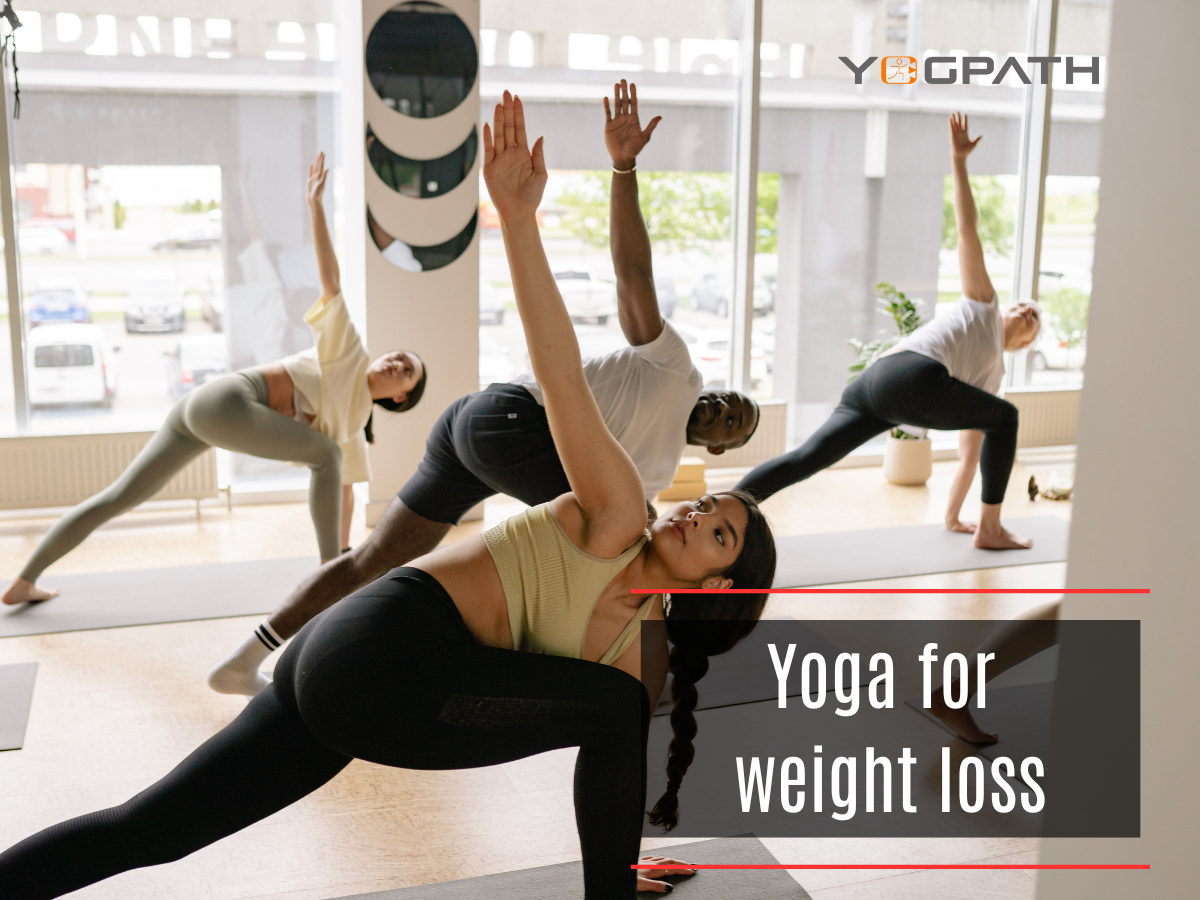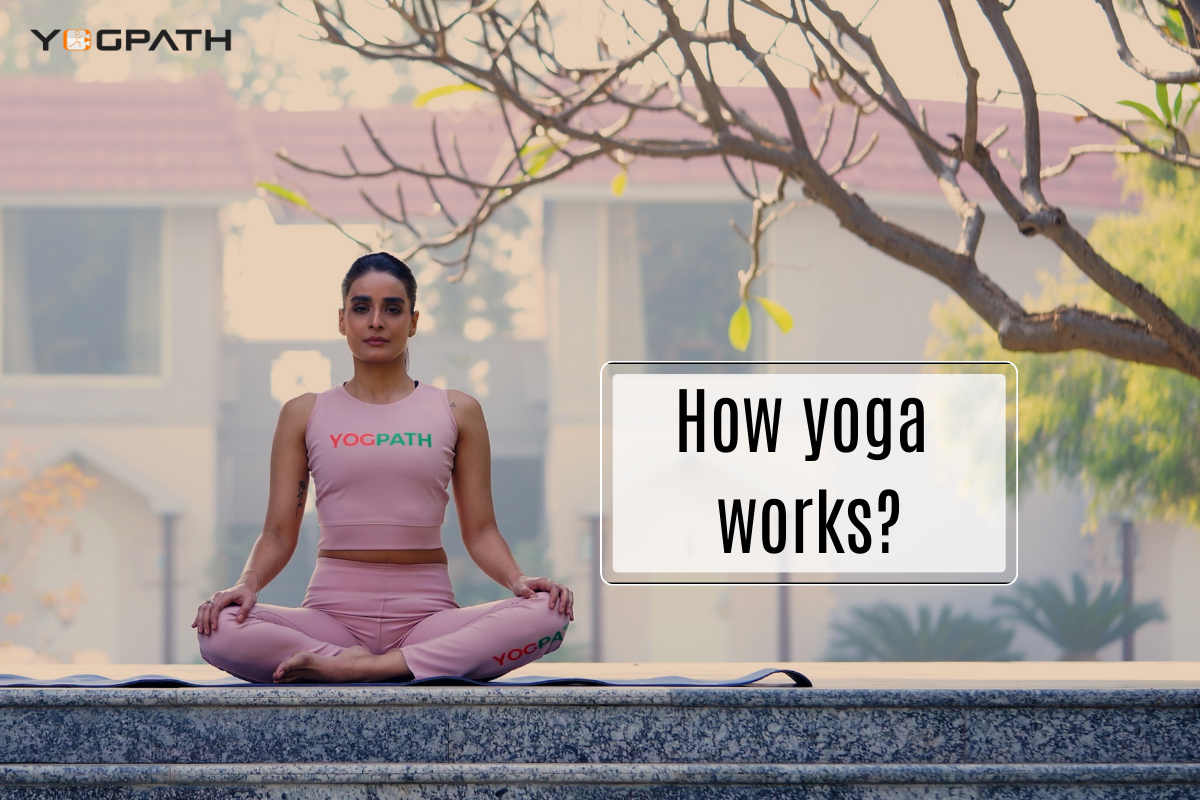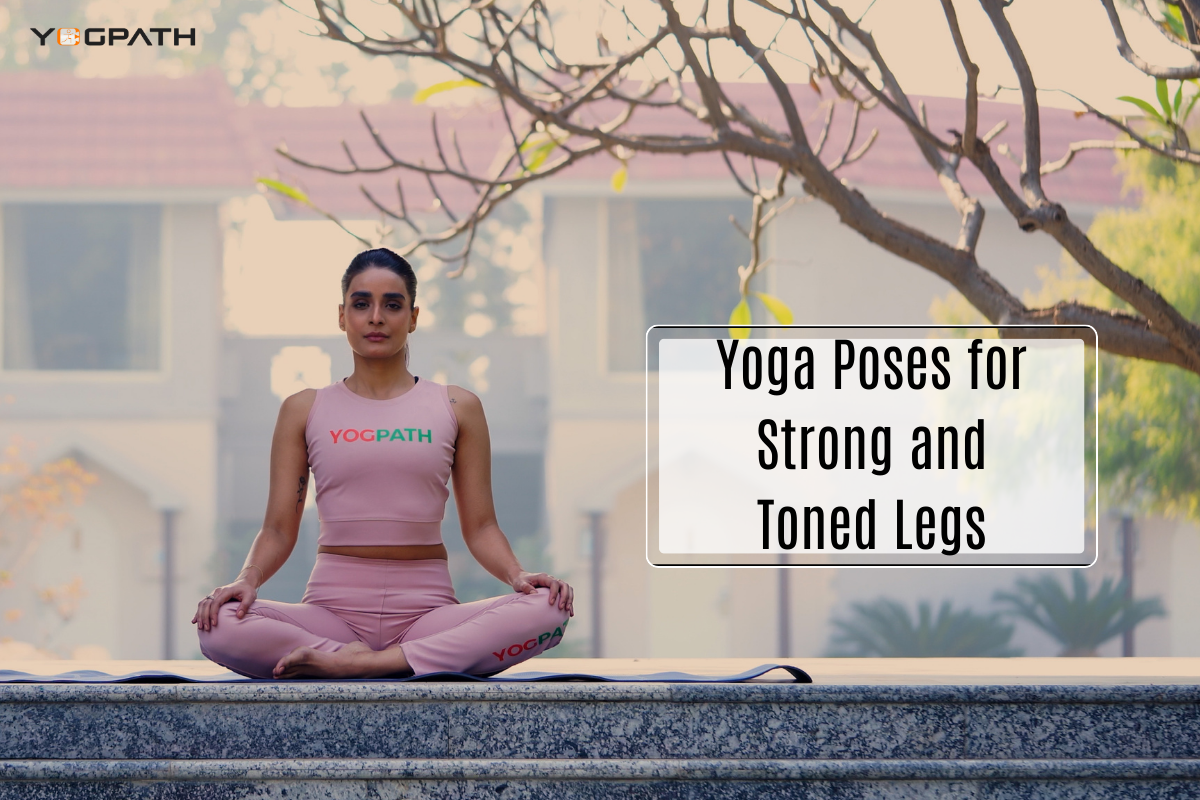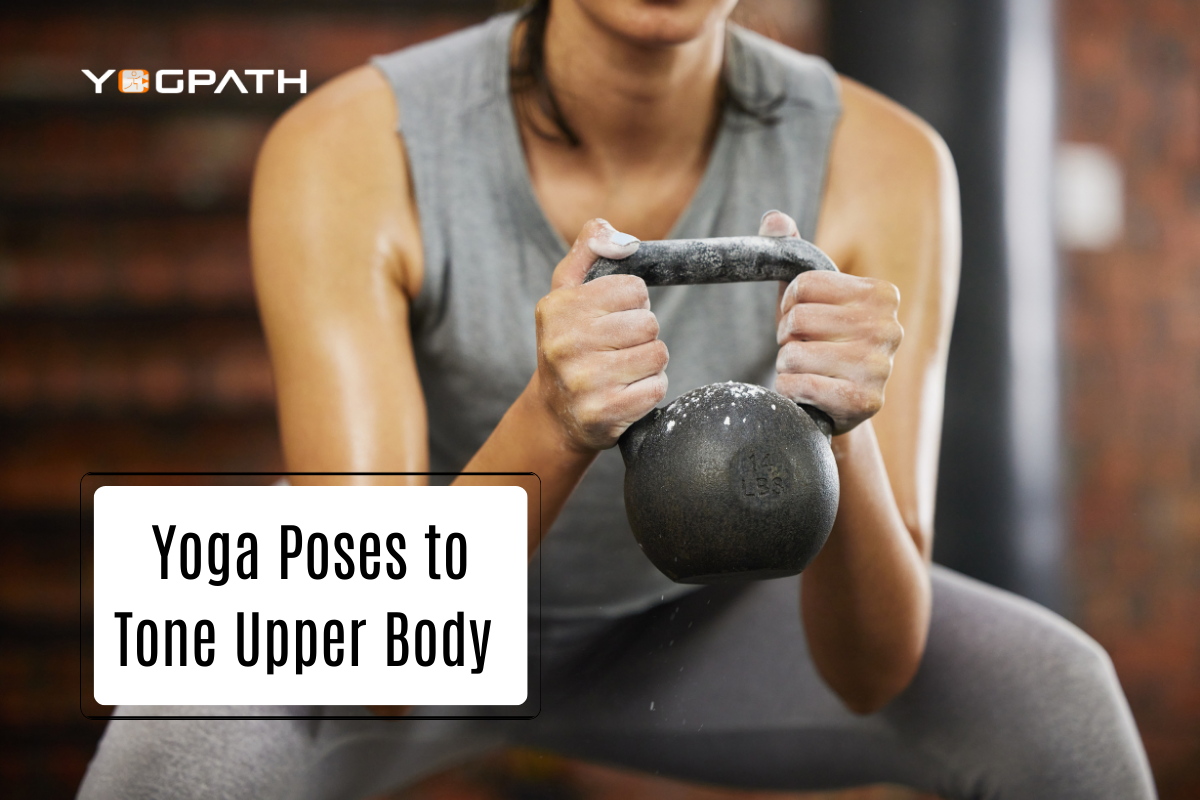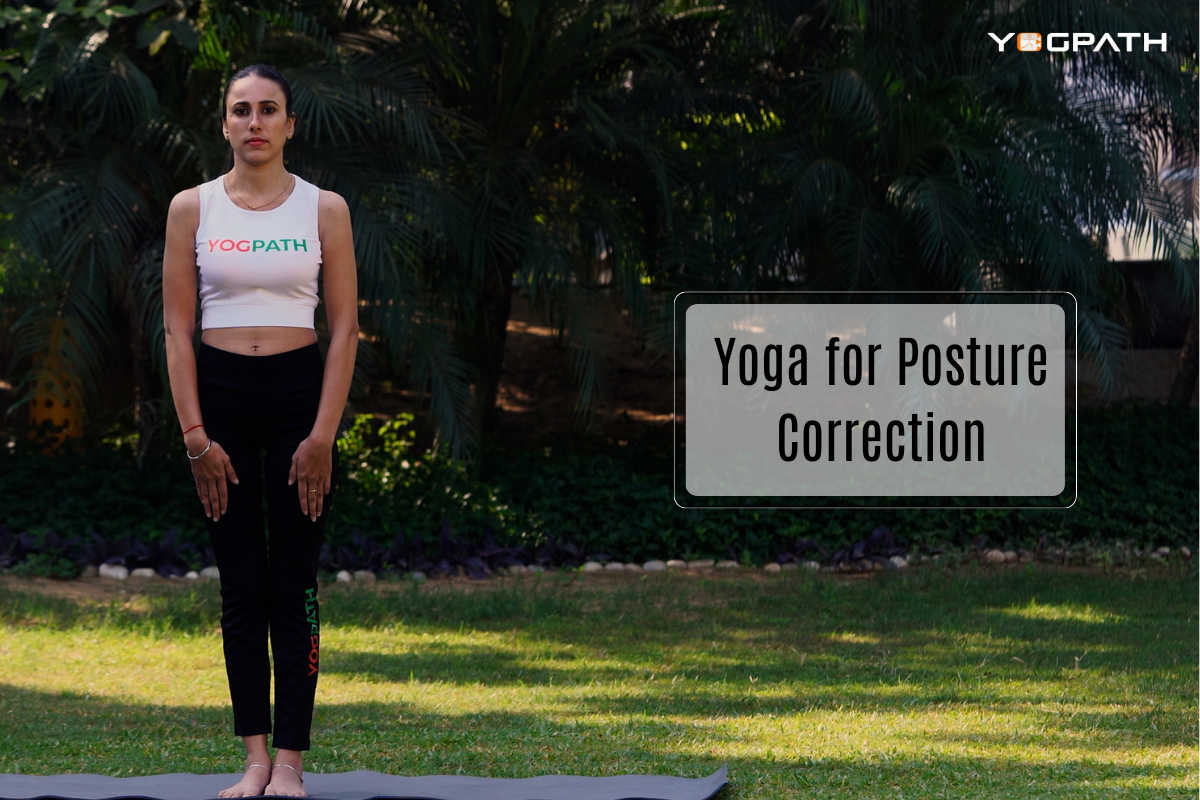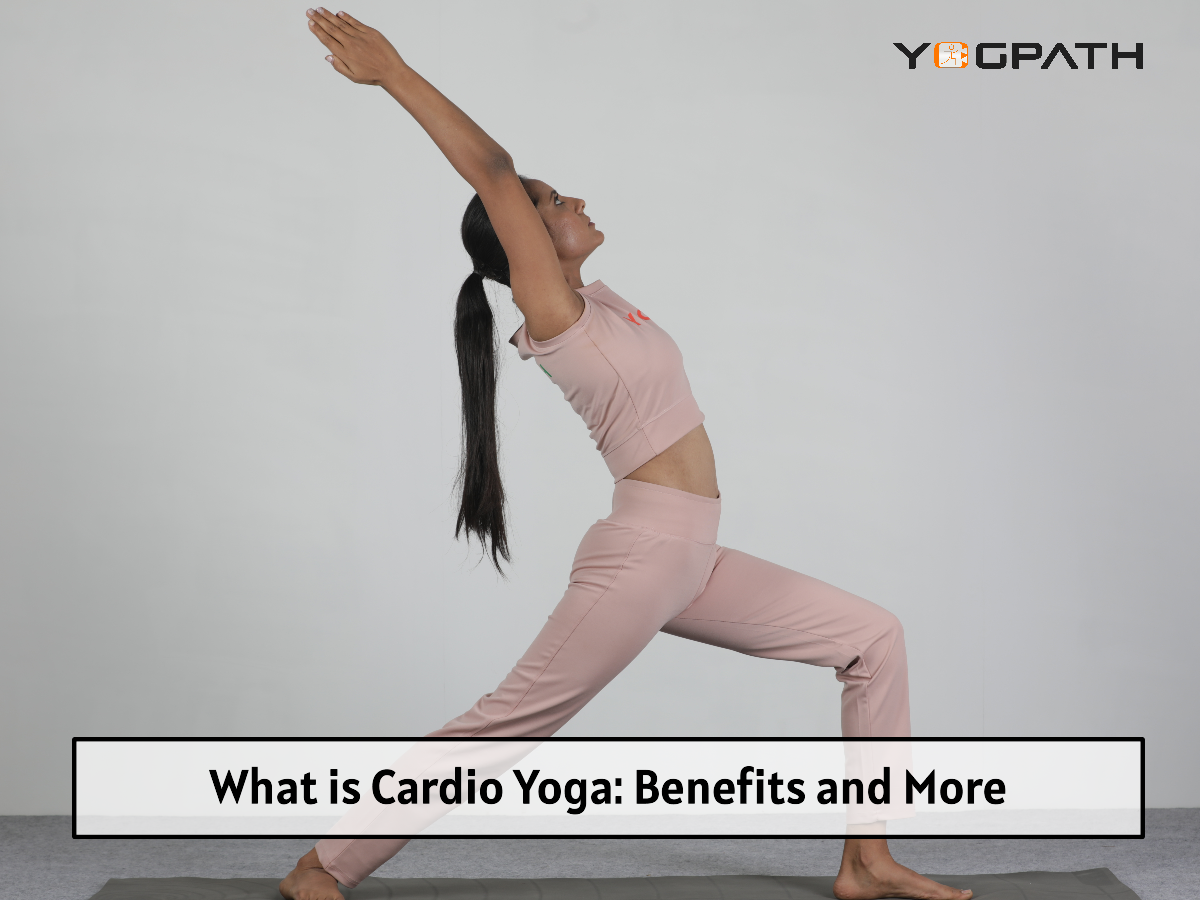
What is Cardio Yoga: Benefits and More
Yoga with an emphasis on cardiovascular training is what’s known as “Cardio Yoga,” and it’s becoming increasingly popular. This style of yoga is gaining popularity among practitioners who want all the health benefits of traditional yoga but with a more challenging workout. Here, you’ll learn all about the advantages of cardio yoga, the specific workouts that comprise this style, and how they stack up against other cardio options.
Can you explain the concept of “Cardio Yoga”?
Yoga, with its origins in Indian thought, is a set of physical postures, breathing exercises, and meditative practises that aims to expand one’s awareness and calm the mind. The benefits of the practise include alleviating stress, facilitating better sleep, enhancing mental and emotional health, and decreasing low back and neck pain. Hatha yoga, which can refer to a number of different styles, is the most widely practised form of yoga.
Hatha yoga is the foundation of other popular styles like ashtanga and vinyasa flow, as well as power yoga. Although the series, motion, and pace of the physical postures in these various yoga traditions may vary, none of them are typically considered cardio or aerobic exercise. That’s because they focus more on breathing techniques, body flow, and postures than on high-intensity, high-heart-rate dynamic movements.
Contrarily, cardio yoga routines have you moving through yoga postures at a faster pace and in a more continuous flow to work more muscles and test your cardiovascular system. The focus of traditional yoga is on breathing techniques, body flow, and postures, but the goal of cardio yoga is to increase intensity and heart rate through dynamic movements.
Particular Yoga Routines for Cardiovascular Health
Since there is no universally agreed-upon definition of cardio yoga, teachers are free to incorporate whatever movements and sequences they like. Yoga is generally harmless, but it’s important to practise on a flat surface and not if you have a condition that affects your balance, like neuropathy or an orthopaedic limitation. Here are a few yoga routines that will help you get in shape by working your entire body, from your arms and chest to your back and legs.
Surya Namaskar
The Sun Salutation, also known as Surya Namaskar, consists of a series of asanas that are done in rapid succession. We salute the Sun with the Surya Namaskar (Sun Salutation)
The steps are as follows:
- Samasthiti. Just stand up straight, feet together, and distribute your weight evenly. With your arms at your sides and shoulders back, project an air of confidence and competence.
- Urdva hastasana is the seated forward bend. Exhale as you raise your arms above your head and bend your knees slightly. You should put your hands together and look at your thumbs.
- Uttanasana. To relax, just let out a deep breath and stand up straight. The correct position is a forward bend from the hips with the hands resting on the floor. Lengthen your tense neck muscles.
- Urdva uttanasana, or the warrior pose. Exhale, then roll your shoulders back and up your back to lengthen your spine.
- Chaturanga dandasana. Release your breath and take a few backward steps. You should keep your arms at your sides with your elbows bent. Squat down to a lower level. You can do this exercise with your knees off the ground, or you can modify it by bringing your knees down to the floor.
- Urdhva mukha svanasana is a seated forward bend. To begin, inhale and spread your toes. Keep your knees off the floor and your chest up. Spread your arms and gaze at the stars.
- Adho mukha svanasana, or “upward-facing dog.” To do this, take a deep breath out, tuck your toes under, lift your hips, and drop your shoulders. Check your belly button. Hold this position for as many as five full breaths.
- Urdhva uttanasana, or the cobra pose. Jump or shuffle your feet together between your hands on the inhale, lengthen your spine, and face forward while opening your chest and ribcage.
- Uttanasana. Then, as you let out a deep sigh, bring your head down and your neck back and relax.
- Urdva hastasana is the seated forward bend. Exhale as you raise your arms overhead, clasp your palms together, and gaze at your thumbs.
- Samasthiti. Relax your body by opening your chest and bringing your arms down by your sides as you stand up straight.
To keep your heart rate up, repeat this sequence for 20 minutes straight without stopping to rest.
Other movements
More possible sequences of actions are listed below.
“Child’s pose” pushup. From a plank position on your knees, do a knee pushup, and then come back to an extended child’s pose on your heels. Repetitively thrust forward into a kneeling plank position.
Pigeon sequence involving raising one’s legs. From a plank position, lift your hips and extend your left leg upwards. With caution, re-enter your left leg below your right one and tuck your knee into your chest. Repeat the previous step to raise your left leg toward the ceiling, but this time, when you pull your left knee through, you should let the outer part of your left leg rest on the floor and your left glute should be lowered toward the ground. Go back to square one and try it with your right hand this time.
A descent by walking. From a standing position, walk your hips down until you reach a plank. If you want to do a downward dog, lift your hips up toward the ceiling. Try to maintain this posture for a full two seconds. Retrace your steps while keeping your hands on the ground. Get back up to your feet and start over.
You should repeat each exercise 10–15 times before moving on. Intersperse these actions with 30-second bursts of activity, such as jumping jacks, air squats, or stationary lunges, to keep your body in motion and your heart rate up. These cardio yoga routines engage all of the major muscle groups and have a moderate aerobic intensity.
Loosing the Weight
Studies have found mixed results when looking at whether or not yoga helps with weight loss. Yoga did not have any effect on weight, BMI, waist circumference, or body fat percentage, according to a meta-analysis of 30 studies with over 2,000 participants.
Contrary to popular belief, yoga was found to significantly reduce body mass index (BMI) when studies were conducted on people who were already overweight or obese. However, the results of the studies could have been influenced by a number of confounding factors.
While beginner and intermediate yoga classes may not be sufficient for improving cardiovascular fitness, more rigorous forms of yoga, such as cardio yoga, can train the heart while increasing calorie burning and aiding weight loss.
Doing cardio yoga for 30 minutes, at least five times a week, may help you lose weight. To lose weight and keep it off, you need to reduce your caloric intake below your energy expenditure, which is why exercise alone is rarely effective.
In most cases, losing weight only requires a 500-calorie reduction from the typical diet. The best way to estimate your daily caloric needs is to use a calorie needs calculator. When combined with a reduced-calorie diet, cardio yoga can help you burn even more fat.
Here’s the deal
Traditional yoga is not typically associated with cardiovascular exercise, but its more strenuous variant, cardio yoga, can help you burn calories. It’s a form of cardio exercise that combines yoga-inspired and dynamic movements in a variety of sequences to get and keep your heart rate up, which is good for cardiovascular fitness and weight loss. When comparing the number of calories burned, cardio yoga is superior to moderate intensity walking or elliptical training, but inferior to jogging, hiking, and running.


